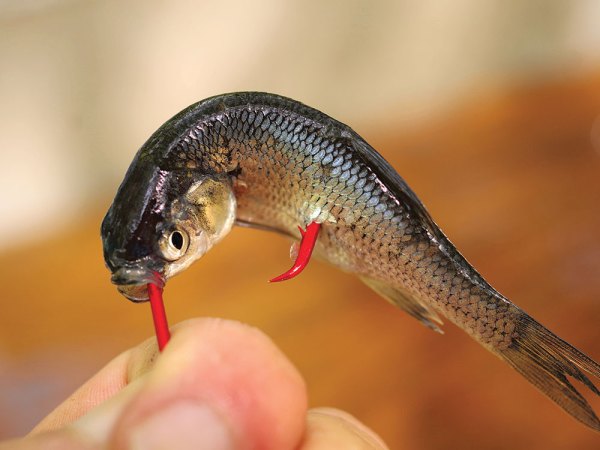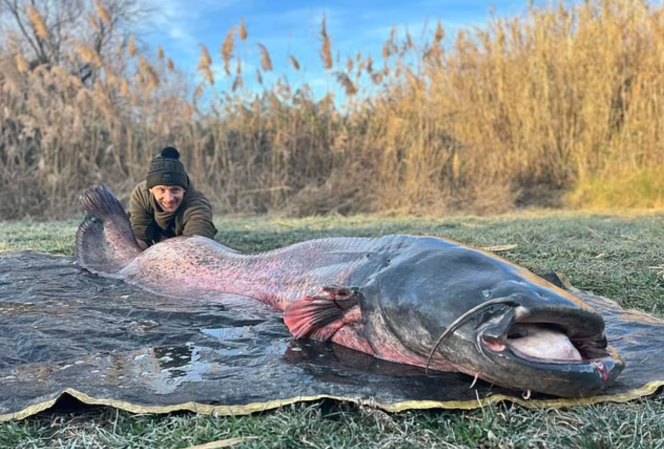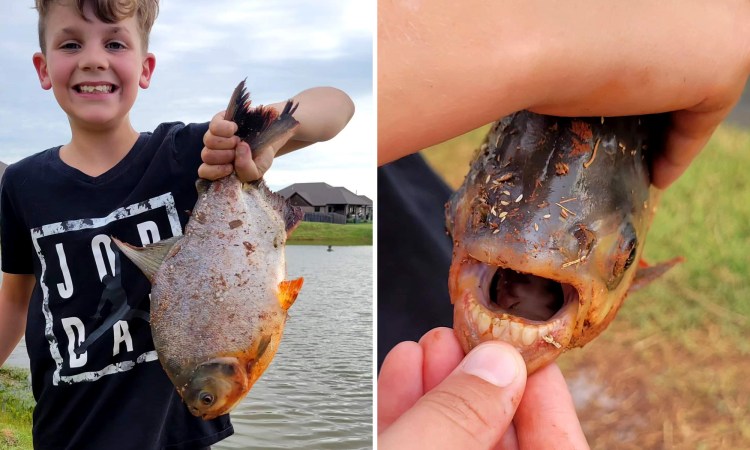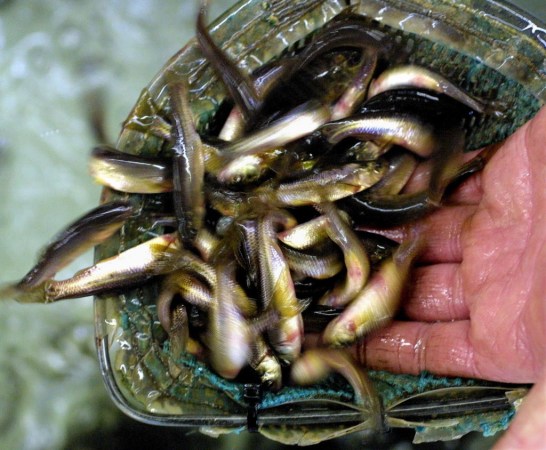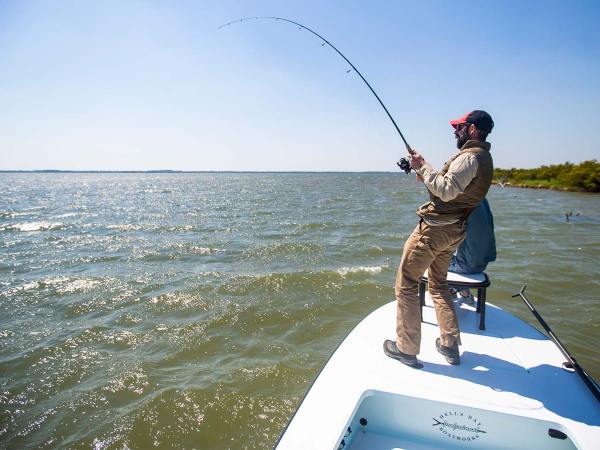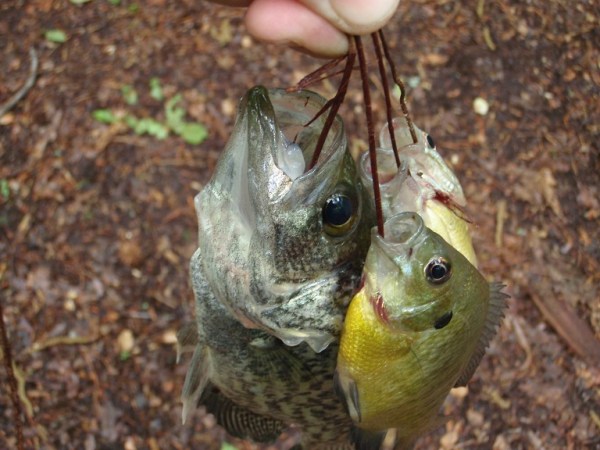According to a recent story on the website of Australia’s 9 News, Steven Kezic of Perth was the victim of one of the biggest freak occurrences involving a fish I’ve ever seen. While on vacation in Indonesia, Kezic was attending a surfing class and, as he bobbed offshore waiting to catch a wave, a garfish jumped from the water and impaled the bridge of his nose with its sharp beak. The gar in question is not related to the freshwater gars we have in the states, but rather it’s a member of the halfbeak family. The most prevalent halfbeak in U.S. waters is the ballyhoo, which are commonly sold frozen in bait shops and trolled offshore to entice marlin and tuna. Having rigged my share of ballyhoos over the years, I’d have never guessed that the elongated lower jaws, or beaks, of these tiny fish would be strong or sharp enough to pierce cartilage, but the gruesome photos of Kezic’s face are proof positive.
Kezic got away with only a few stitches, but had the fish connected a few inches higher, it could have spiked his eyeball. The funny thing is that while getting stuck by a ballyhoo is so rare it teeters on comical, you are far more likely to get stabbed by a fish than bitten by one. Shark attacks get all the press. We occasionally hear about an unlucky snorkeler wearing shiny jewelry that a barracuda just felt the need to chomp. There have even been documented reports of pike and muskies biting into human flesh. But the fact remains that these cases are extremely rare compared to fish stabbings. So, let’s look at some of the most common fish in U.S. waters that are likely to give you jab you won’t forget. And no, none of them are billfish, because being run through by a marlin is even less likely than getting bitten by a shark.
Catfish

Without question, catfish are the most likely fish to inflict a stab wound, and it makes no difference which species you’re chasing. Every kind of catfish that exists in America—from tiny madtoms to massive blue cats—have sharp, needle-like spines on the leading edges of their pectoral and dorsal fins. And the smaller the catfish the more unhappy you’ll be if you get poked.
Read Next: Best Catfish Rods of 2023
Madtoms are especially nasty, as their tiny spikes are pointier than all other cats. Plus, they inject a mild venom when they stab you. It’s not going to send you to the hospital or require antivenom, but it will make the area around the puncture point throb and hurt a lot worse than you think it should. Catfish spines are designed as a defense mechanism to thwart attacks and, if swallowed by a larger fish, potentially wedge in the attacker’s mouth or throat. All fish are most vulnerable when they’re little, so the spikes on any juvenile catfish will be sharper and capable of inflicting more damage. The most common time to get stung is while trying to get hold of a smaller cat that’s flopping around, so always take your time getting a grip, and keep your hands behind the dorsal and pectoral fins if you can.
As catfish grow and need to worry less about being eaten, their spikes tend to thicken and dull, and quite often end up getting covered over by a thick membrane of skin. It doesn’t mean you shouldn’t worry about the spines on a 20-pound channel catfish or 60-pound blue at all, but they pose much less of a threat.
Skates and Stingrays
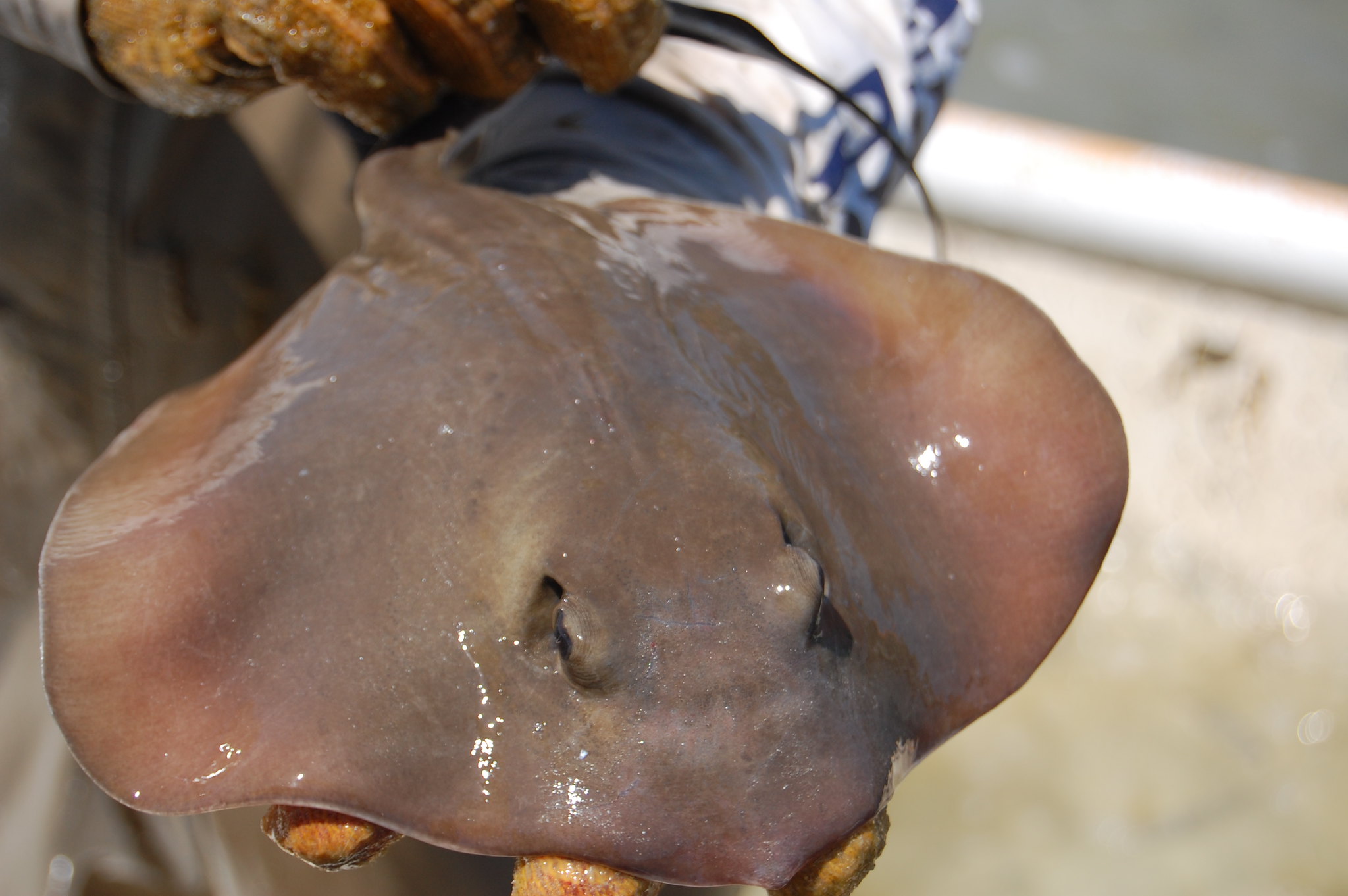
Whether you’re swimming in Florida, surfing in New Jersey, or wading a flat for seatrout in Texas, the opportunity to step on a skate or stingray is very real.
Stingrays, of course, have been made famous by shows like River Monsters, and most people are aware that a stingray wound caused Australian TV star, Steve Irwin, to lose his life. If one of these stealthy, flat bottom feeders rams its serrated tail spike into your calf, it’ll deliver a heavy dose of venom, which, depending on the size and species, can be fatal. For the most part, stingrays steer clear of heavily trafficked beaches with lots of swimming activity, however, anglers who wade remote flats in the Gulf routinely wear stingray guards on their lower legs.
Skates are more common in cooler northern waters, and while they look like stingrays, they belong to a different family of fishes. The good news is that they don’t have a long tail spine, nor can they inject venom. Skates do have a series of short spines and spikes on their tails, however, and they can also deliver a mild electric shock if you step on them. You won’t wind up in the ER, but you’ll go running for the beach if you put your bare foot down on a skate’s tail.
Spiny Dogfish

Spiny dogfish are a scourge in the Atlantic. A member of the shark family, dogfish rarely exceed 40 inches in length. Though you’re unlikely to contact one while swimming, inshore anglers from Florida to Maine deal with them constantly, and it’s never pleasant.
You could be dropping clams for cod, jigs for striped bass, or squid strips for snapper—if there are spiny dogfish around, they’ll eat it. They thrive from the shallows to in depths greater than 100 feet, and usually if you hook into one, you’re going to hook into a lot more. Spiny dogfish have a thick, hard, super-pointy spine in front of each of their dorsal fins, and they know how to use them. As soon as they hit the net or get dropped on deck, they will writhe, twist, spin, and do whatever they can to bury those spikes in you while you’re attempting to get them off the hook. So tough are their spines that I’ve seen them pierce heavy gloves and even thick rubber deck boots.
Read Next: The Best Saltwater Fishing Rods for 2023
The easiest and safest way I’ve found to deal with them is to step on them. You’re not trying to squish them to death, of course, but by putting some steady pressure on the dorsal fins with the thick sole of a boot or shoe (flip flops, not so much), you’ll stop them from moving so you can get the hook out. Always neutralize the tail first, as spiny dogfish can still whip it around if the front half of their body is incapacitated. Once the hook is out, grab them by the lower jaw with pliers and, with an extended arm, quickly lift them off the deck and toss them overboard.


